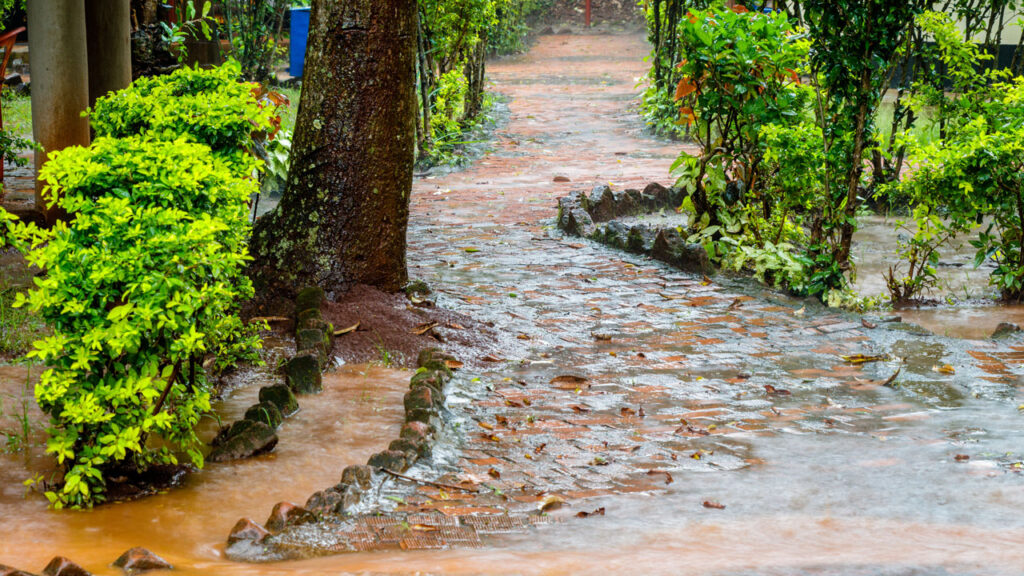
How AI will set a new standard for flood and drought forecasts across East Africa
Researchers are joining forces to revolutionise early warnings of extreme weather in East Africa, by pioneering artificial intelligence in their forecasts.
In an era marked by escalating rainfall leading to floods, and the prolonged absence of rainfall leading to droughts, the impacts of climate change on the frequency and severity of extreme weather events are clear. The need for precise and timely forecasts for vulnerable communities has never been more critical.
Traditional weather forecasting models often fall short in accurately predicting rainfall events in tropical regions like East Africa, leaving lives and livelihoods at risk. However, by harnessing the power of artificial intelligence (AI), a new team of researchers will be bridging critical gaps and setting a new standard for weather forecasting.
This first-of-its-kind collaboration involves the United Nations World Food Programme, Oxford University Physics Department, National Centre for Atmospheric Science, IGAD Climate Prediction and Applications Centre (ICPAC), the European Centre for Medium-Range Weather Forecasts, the Kenya Meteorological Department (KMD), and the Ethiopian Meteorology Institute (EMI).
By leveraging AI and physics-based models, researchers will be able to offer high-resolution weather predictions and start to change the way we can tell if strong rain or drought hazards are forming.
For many parts of the world that lack resource and infrastructure and find themselves bearing the brunt of climate change – especially East Africa – the AI approach has the potential to be a game-changer for humanitarians responding to predictable emergencies.
By bringing scientific advances together with businesses, academia, and governmental and intergovernmental organisations, the partnership aims to ensure that technological advancements reach and benefit those in need. The success of this initiative will see a new standard set and applications for other regions facing similar extreme weather and climate change challenges.
